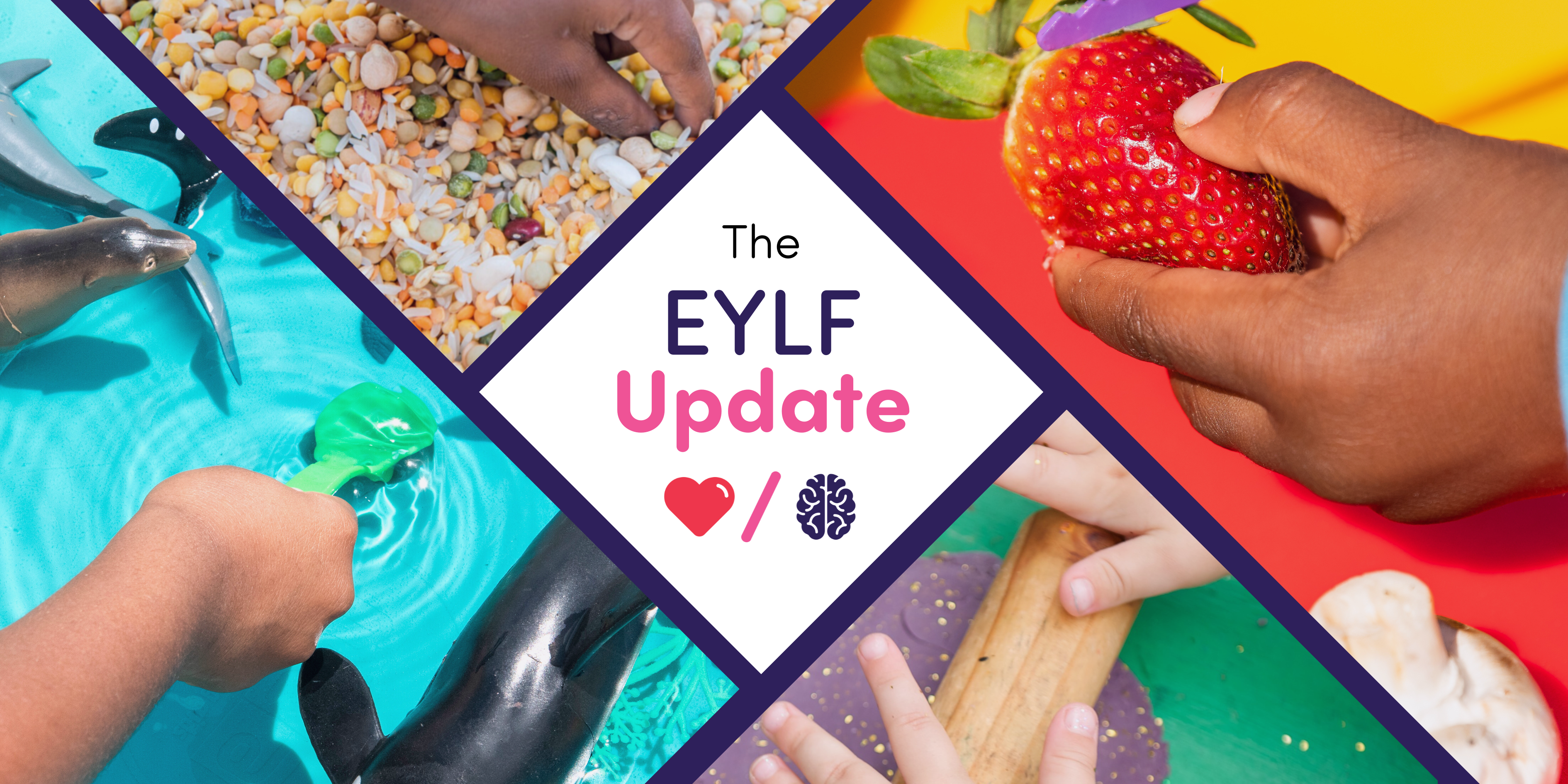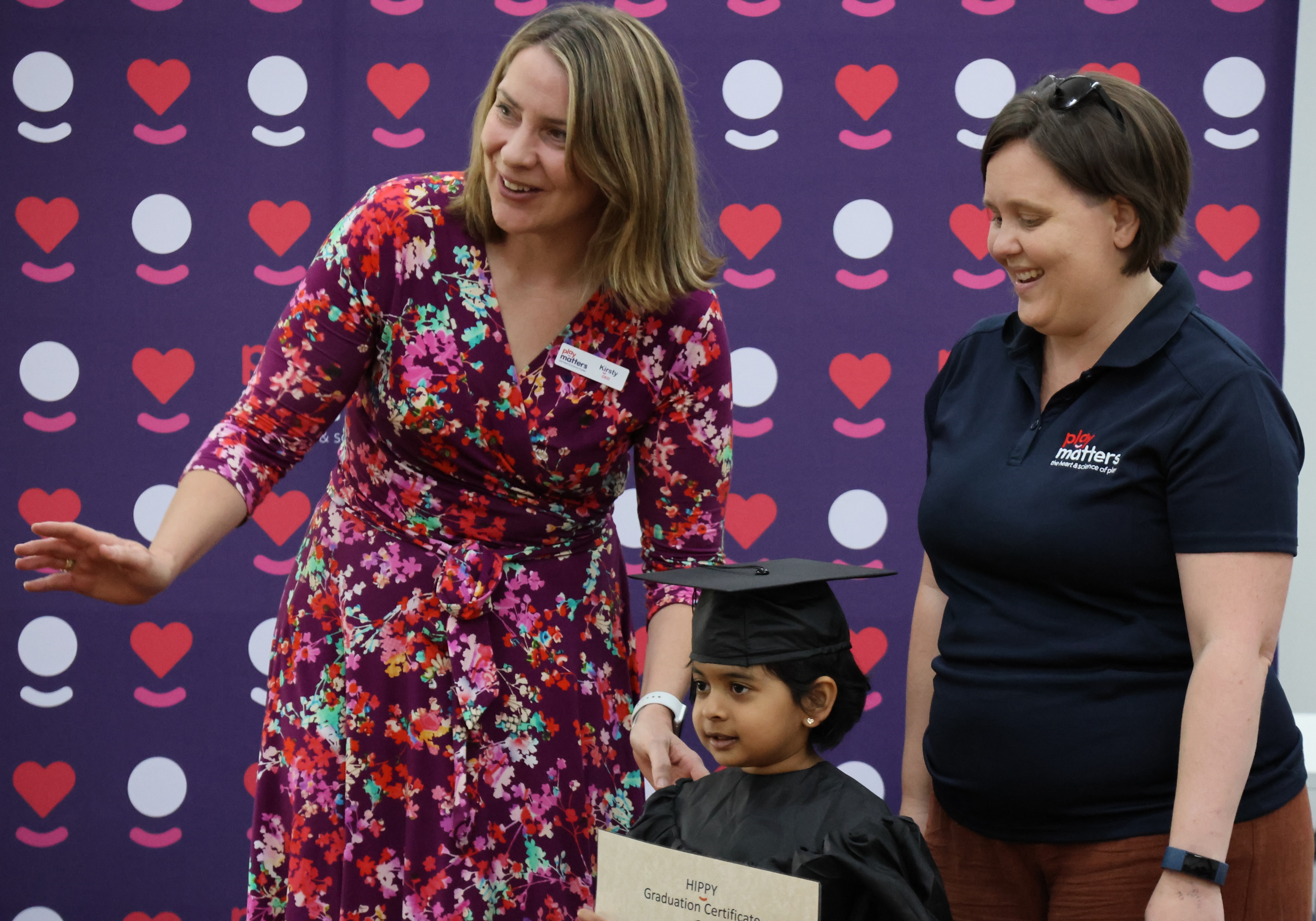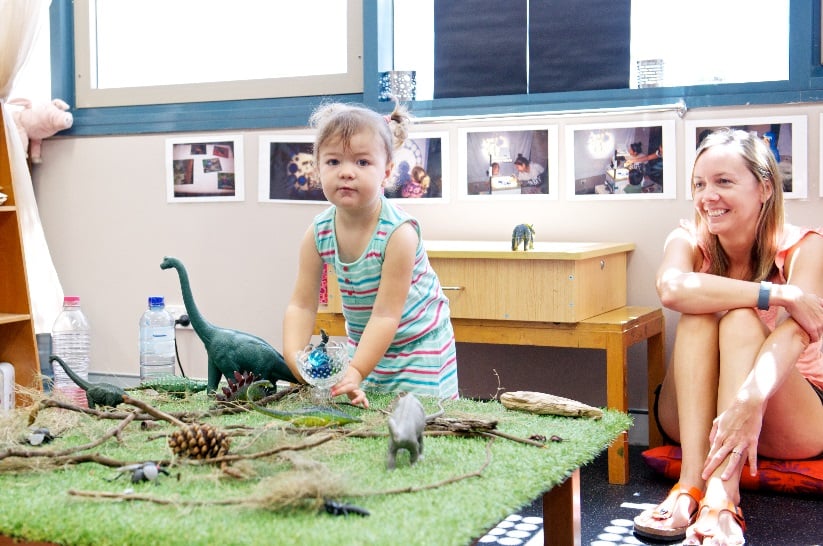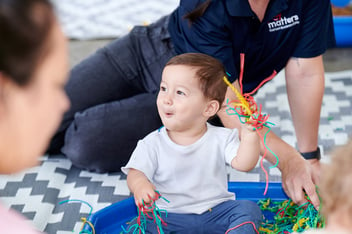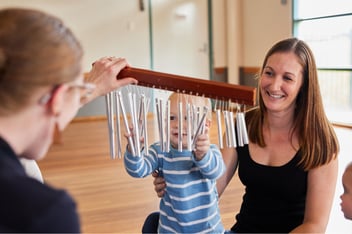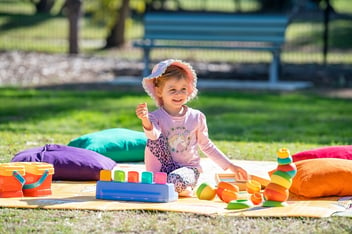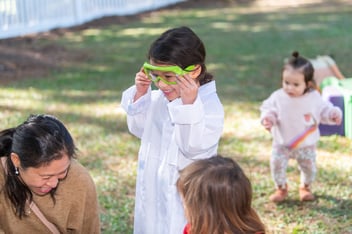
STEAM - Building blocks for future-smart children
Blog > STEAM - Building blocks for future-smart children

STEAM - Building blocks for future-smart children
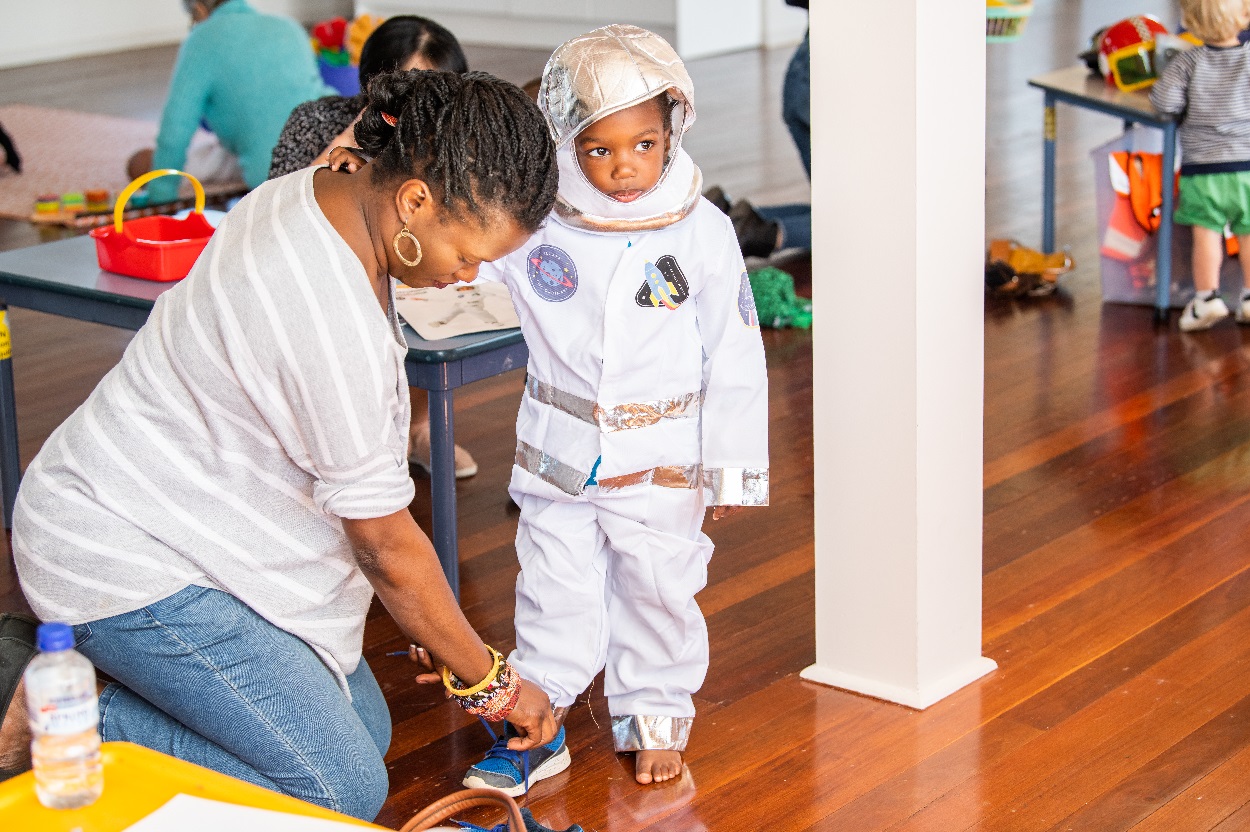
In today's fast-paced world, it's becoming increasingly important for children to develop STEAM skills - Science, Technology, Engineering, Arts, and Mathematics - from a young age. These skills not only help them to understand the world around them but also prepare them for the jobs of the future. As a parent, you might even have some hangups about maths, science or art from your own school days that you need to challenge!
Everyone can be good at STEAM – and the beauty of it is that creativity and imagination are rewarded because it’s all about thinking outside the box and getting interested in how and why things work the way they do.
Developing STEAM skills
Children love to ask questions! Why did the spider crawl up the wall? How do you use the toaster? What happens when you push the red button in the car?
Their inquisitive minds are highly motivated and always searching for answers.
Encouraging children to develop their questioning skills and explore their world is part of developing vital skills. Helping them discover science, technology, engineering, arts and mathematics (aka STEAM) prepares them for their future.
STEAM education provides a well-rounded approach to growing problem-solving, numeracy, critical thinking, and creative expression skills. Children learn to imagine different outcomes for their experiments. From testing how toys work under various conditions to figuring out how to build a dragon from craft materials. By planning and thinking ahead, they start to build those life-long skills in questioning, planning and executing their ideas.
When they test their ideas, they’ll encounter problems and need to find ways to solve them. Furthering their skills in encountering obstacles and giving them the confidence to find ways around a problem.
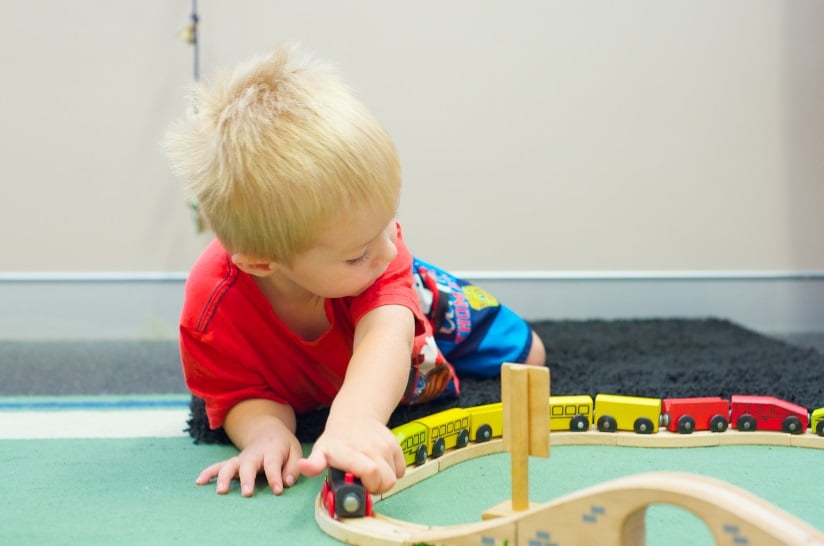
Bringing STEAM into family life
Telling children how the world works is important, but nothing beats a hands-on experience where they get to see the results of their actions.
STEAM skills can be grown safely with adult supervision and age-appropriate tools. Try giving them tweezers and getting them to try picking up different materials like cotton balls, grains of rice or dried pasta.
Toys provide perfect STEAM tools when you start to look at how they were made and how they work. Pick up their favourite toy with moving parts and ask open-ended questions to get your child thinking about the mechanics and materials that form the toy.
When you’re faced with a question you don’t know the answer to, it’s easy to turn to the internet and provide a quick answer. But delaying an answer and taking guesses at why something is the way it is, becomes a fun game. You’ll both be able to provide some wild and whacky ideas about the answer then you can find it together – whether via Google, asking an expert or visiting your local library for books on the topic.
When given the space to think over a topic, children are often surprising in their answers – especially when we ask the reason behind it. Finding out why your child thinks the sky should be purple might go beyond it being their favourite colour and provide insight into how their little mind works.
Encouraging STEAM in everyday life is beneficial for parents and children alike.
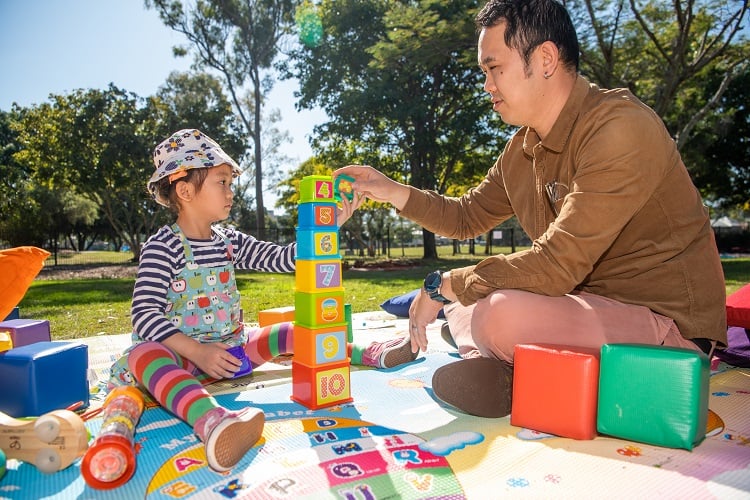
STEAM Activities
Supporting children to grow their STEAM skills means providing the environment and tools for learning but also knowing when to step away and let them have free play. Try setting your child up with some of these activities to enhance their STEAM capabilities.
- Grow a plant – let your child pick seeds and a small pot to try growing a succulent or grass. Fill the pot with dirt, plant the seeds and give it a little water. Check it every day and talk about how much sun, water and nutrients from the soil it needs to be happy and healthy. Teach them about the lifecycle of plants as they grow, bear fruit and then turn into compost.
- Baking soda science – sprinkle the bottom of a tray with baking soda then fill an ice cube tray with vinegar. Colour each cubed section of vinegar with food dye. Then give your child a dropper and let them squeeze droplets of the coloured vinegar onto the baking soda. Watch how it reacts and ask them questions about what they think will happen next, why it changes and what happens if you mix colours.
- Dissect some plants – pick some flowers, leaves and stems from your garden and allow your child to pull them apart or cut them open with a child-safe knife or scissors. Chat about the different parts of the plants, how they work and why they’re important. You could also borrow a book from the library about plants to continue the conversation.
- Build a tower or pyramid – gather up empty boxes or egg cartons and get your child to build a construction. Watch how it forms and ask questions about why they’re placing each item in its particular spot or what they think is about to happen when it gets the wobbles.
- Build a marshmallow catapult – Start by strapping a few pop sticks on top of each other by securing them with rubber bands at each end. At the opposite angle, slide a pop stick underneath the pile and secure the end of a plastic spoon to the end of that pop stick. Hold a marshmallow onto the spoon, pull it back and let the sweet treat fly!
- Do shadow drawings – set up some Lego, teddies, toy vehicles or dolls in the sun and try drawing their shadows. Talk about how the sunlight creates shadows and what happens when the sun or the toys move.
- Get musical – if you don’t have instruments – get some pots and pans, glass jars filled with different amounts of water or some old bottles filled with rice. Encourage children to name the different sounds they hear and identify sounds that are soft, loud, high and low, fast and slow.
- Explore tech together – Turn screentime into a learning experience with some of the some great coding apps out there. These apps are suitable for children as young as four, and will teach them the basics of coding, game design and cause and effect. Kodable, Tynker, ScratchJnr and CodeSpark Academy all have a games based approach that build coding and design skills.

STEAM education is an essential part of preparing our children for the future. By incorporating STEAM activities into their lives, we can help them develop the skills they need to succeed in the 21st century. Whether it's through science experiments, technology projects, engineering challenges, artistic creations, or math games, there are many ways parents can build their child's STEAM skills.
Remember, learning STEAM skills can be fun and engaging, and it doesn't have to be complicated or expensive. By using the ideas and resources provided in our STEAM education blog for young children, parents can create a fun and interactive learning environment for their little ones. With a little creativity and enthusiasm, parents can inspire their children to become the next generation of innovators, creators, and problem-solvers.
So, let's get started and make learning STEAM skills a part of our children's lives. Together, we can help our children develop the skills they need to succeed and make a difference in the world.
Find a play experience near you:
Subscribe to our newsletter >
Related content:
Advertisement:
.jpg)
